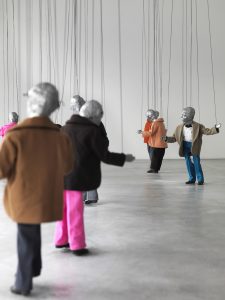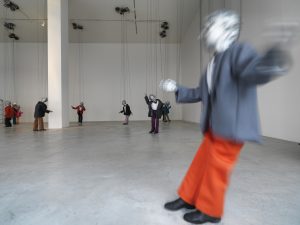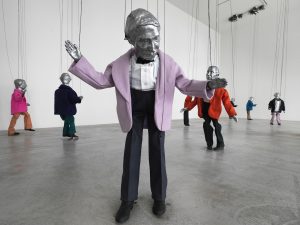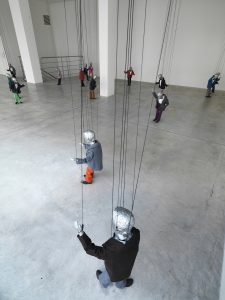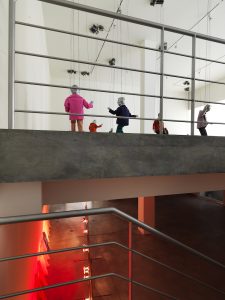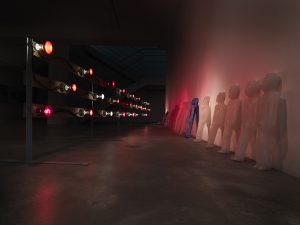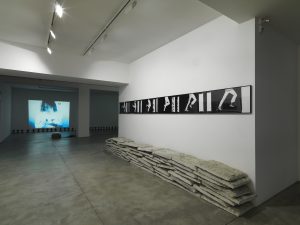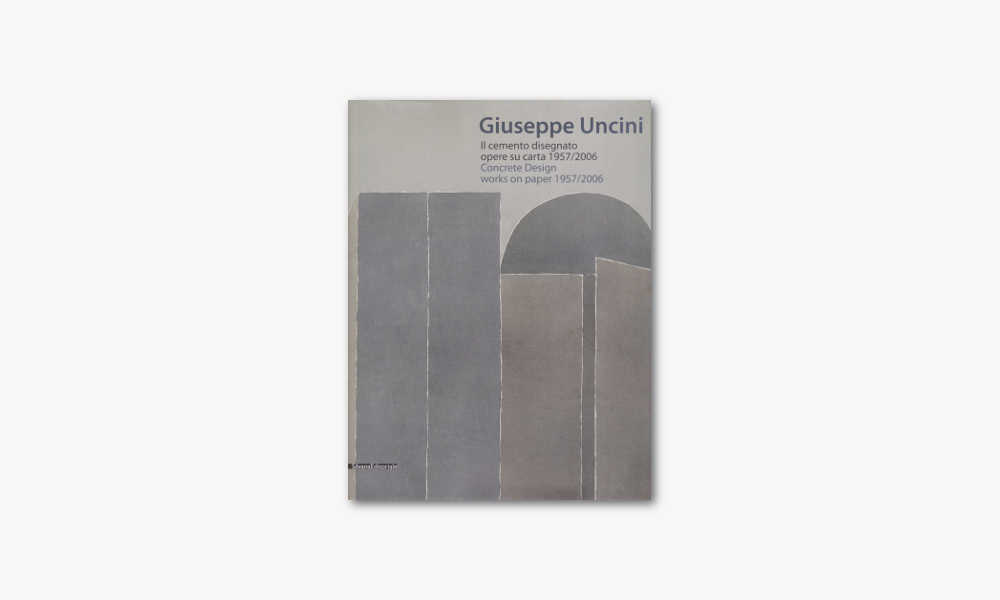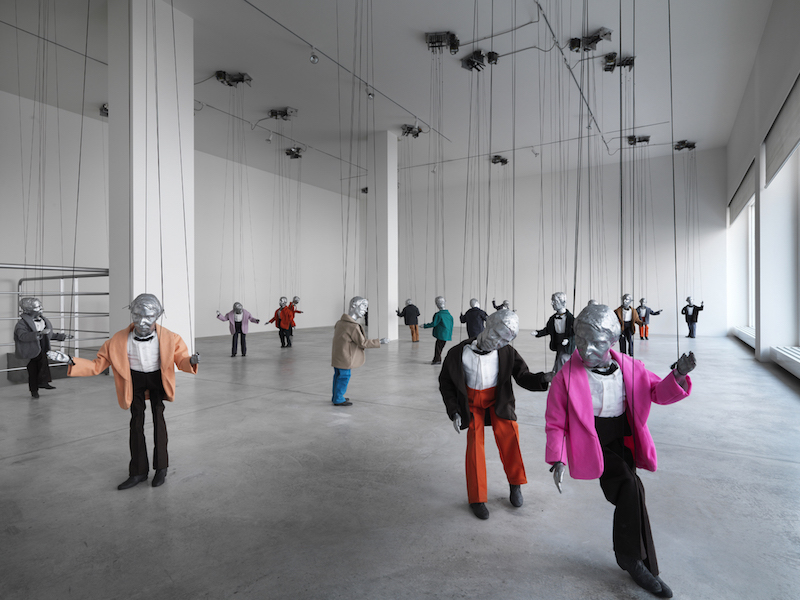
DENNIS OPPENHEIM
MATERIAL INTERCHANGE. OPERE 1968/1974
8 June to 20 November 2010
DENNIS OPPENHEIM
MATERIAL INTERCHANGE. OPERE 1968/1974
8 June to 20 November 2010

Text
Galleria Fumagalli inaugurates the first exhibition dedicated to Dennis Oppenheim in the gallery spaces. The artist, who is one of the most perceptive post-war experimenters, distinguished himself for being the leader of several fundamental experiences such as Land Art, Body Art, Environmental Art and Public Art. The show curated by Alberto Fiz offers a series of fundamental historic works from 1968 to 1974. It concentrates on the primary phase of his explorations when, together with Bruce Nauman, Robert Smithson, Michael Heizer, Vito Acconci and Robert Morris, he contributed to radically modify the artistic language. Oppenheim made dematerialization one of the most essential themes of his exploration characterized by continuous and unpredictable metamorphoses. The exhibition occupies two floors of the gallery where the observer is welcomed by an extraordinary installation from 1974 consisting of 30 forty-centimeter-high puppets, never before shown in Italy, and entitled Theme for a Major Hit. The reasons of art-making are expressed by a catchy tune written by Oppenheim that goes like this: “It ain’t what you make; it’s what makes you do it”.
Alberto Fiz states: “It is a significant work in which the dispersion of himself passes through its autobiographical surrogates developing a progressive separation”. It is not a performance but an anti-performance in which puppets simulate the artist’s movements. In another work from the same year, Attempt to Raise Hell, the Oppenheim puppet is struck by a bronze bell every sixty seconds making an incredible racket in the surroundings. These installations are set up in relation to a series of emblematic declarations linked to Body Art and Land Art. For example, Annual Rings was presented in 1968, an important photographic work derived from a site-specific installation with annual rings which cut the political boundary between the United States and Canada. The work presents the crossing between two realities while integrating space and time elements. The ten-meter long installation 220 Yard Dash, from 1969, presents the footsteps refracting their sound on the clods of earth arranged one above the other, condensing the energy into a work that poetically approaches Arte Povera. As Oppenheim says, “Land Art seems to take over my body furtively. The body appeared as a vital area that is fertile with possibilities”.
The exhibition documents the phase related to Body Art with a series of selected works such as Parallel Stress where the body, in its maximum physical effort, appears as an instrument for measuring the external world, and becomes an intersection between different places. Once again, according to Oppenheim things have no value themselves but only their passage. “My work,” he states, “is not mental, not visual but somewhere in between”. On show also Stills for Gingerbread Man, an installation from 1970-71 with three micro-projectors which refers to the digestive process. In an ironic act of cannibalism, the artist slowly eats a series of elements with human shapes that become part of his nourishment. In the 1970s, Oppenheim’s studies were based on the regenerative hypothesis and the continuous metamorphosis within a precarious and unstable universe, as well as on the relationship with architecture which becomes more obvious in the later periods. “It ain’t what you make; it’s what makes you do it,” as his puppets chant. The show is accompanied by a catalogue published by Silvana Editoriale with an essay by Alberto Fiz.
Text
Galleria Fumagalli inaugurates the first exhibition dedicated to Dennis Oppenheim in the gallery spaces. The artist, who is one of the most perceptive post-war experimenters, distinguished himself for being the leader of several fundamental experiences such as Land Art, Body Art, Environmental Art and Public Art. The show curated by Alberto Fiz offers a series of fundamental historic works from 1968 to 1974. It concentrates on the primary phase of his explorations when, together with Bruce Nauman, Robert Smithson, Michael Heizer, Vito Acconci and Robert Morris, he contributed to radically modify the artistic language. Oppenheim made dematerialization one of the most essential themes of his exploration characterized by continuous and unpredictable metamorphoses. The exhibition occupies two floors of the gallery where the observer is welcomed by an extraordinary installation from 1974 consisting of 30 forty-centimeter-high puppets, never before shown in Italy, and entitled Theme for a Major Hit. The reasons of art-making are expressed by a catchy tune written by Oppenheim that goes like this: “It ain’t what you make; it’s what makes you do it”.
Alberto Fiz states: “It is a significant work in which the dispersion of himself passes through its autobiographical surrogates developing a progressive separation”. It is not a performance but an anti-performance in which puppets simulate the artist’s movements. In another work from the same year, Attempt to Raise Hell, the Oppenheim puppet is struck by a bronze bell every sixty seconds making an incredible racket in the surroundings. These installations are set up in relation to a series of emblematic declarations linked to Body Art and Land Art. For example, Annual Rings was presented in 1968, an important photographic work derived from a site-specific installation with annual rings which cut the political boundary between the United States and Canada. The work presents the crossing between two realities while integrating space and time elements. The ten-meter long installation 220 Yard Dash, from 1969, presents the footsteps refracting their sound on the clods of earth arranged one above the other, condensing the energy into a work that poetically approaches Arte Povera. As Oppenheim says, “Land Art seems to take over my body furtively. The body appeared as a vital area that is fertile with possibilities”.
The exhibition documents the phase related to Body Art with a series of selected works such as Parallel Stress where the body, in its maximum physical effort, appears as an instrument for measuring the external world, and becomes an intersection between different places. Once again, according to Oppenheim things have no value themselves but only their passage. “My work,” he states, “is not mental, not visual but somewhere in between”. On show also Stills for Gingerbread Man, an installation from 1970-71 with three micro-projectors which refers to the digestive process. In an ironic act of cannibalism, the artist slowly eats a series of elements with human shapes that become part of his nourishment. In the 1970s, Oppenheim’s studies were based on the regenerative hypothesis and the continuous metamorphosis within a precarious and unstable universe, as well as on the relationship with architecture which becomes more obvious in the later periods. “It ain’t what you make; it’s what makes you do it,” as his puppets chant. The show is accompanied by a catalogue published by Silvana Editoriale with an essay by Alberto Fiz.
Installation views
Installation views













